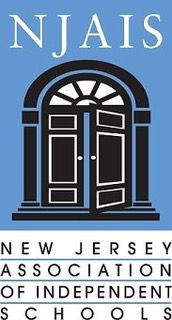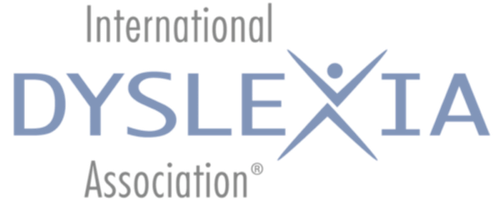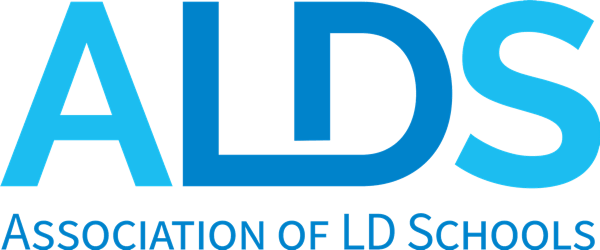Dysgraphia impacts a student’s handwriting and fine motor skills. Impaired ability to reproduce legible and automatic letter and numeral writing. Students with dysgraphia may also struggle with planning and organization.
Here are ways to support students with dysgraphia:
References
Franklin, D. (2018). Helping Your Child with Language-Based Learning Disabilities (Strategies to Succeed in School and Life with Dyscalculia, Dyslexia, ADHD, and Auditory Processing Disorder) (1st ed.). New Harbinger Publications.
International Dyslexia Association (2015). Understanding Dysgraphia Fact Sheet. https://dyslexiaida.org/understanding-dysgraphia/
Students with dyscalculia often struggle with math calculation skills and find difficulty in number representation, number processing, quantifying sets without counting, using nonverbal processes to complete simple numerical operations, and estimating relative magnitudes of sets. Quantitative reasoning may also be impaired for individuals with dyscalculia.
Here are ways to support students with Dyscalculia:
References
Berninger, V. W., Wolf, B. J., & Berninger, V. W. (2016). Dyslexia, Dysgraphia, OWL LD, and Dyscalculia: Lessons from Science and Teaching. Baltimore, MD: Paul H. Brookes Publishing.
Child Mind Institute (2019).How to Spot Dyscalculia. https://childmind.org/article/how-to-spot-dyscalculia/
Auditory Processing Disorder (APD) is an auditory deficit that makes distinguishing sounds challenging. It is not the result of higher-order cognitive, language, or related disorders (ASHA.org).
Students who have been diagnosed with APD, sometimes called Central Auditory Processing Disorder (CAPD) may struggle with one or more of the following:
Here are ways to support students with APD:
References
American Speech-Language-Hearing Association. (2005). (Central) auditory processing disorders.
Understood for All, Inc. (2020). Auditory Processing Disorder: What You Need to Know. https://www.understood.org/en/learning-thinking-differences/child-learning-disabilities/auditory-processing-disorder/understanding-auditory-processing-disorder
Attention-deficit hyperactivity disorder (ADHD) is a specific developmental disorder comprising deficits in behavioral inhibition, sustained attention and resistance to distraction, and the regulation of one’s activity level to the demands of a situation (hyperactivity or restlessness).
There are three types of ADHD:
Some scholars view ADHD as a disorder of self-regulation or executive functions rather than an order of disruption.
Here are ways to support students with ADHD:
References
Attention Deficit/Hyperactivity Disorder Fact Sheet. LD Online. Retrieved from http://www.ldonline.org/article/Attention_Deficit/Hyperactivity_Disorder_Fact_Sheet
Brown, T. E. (2005). Attention deficit disorder: The unfocused mind in children and adults. New Haven, CT: Yale University Press.
For more information on ways of giving or to make a donation online you can clicking here.





